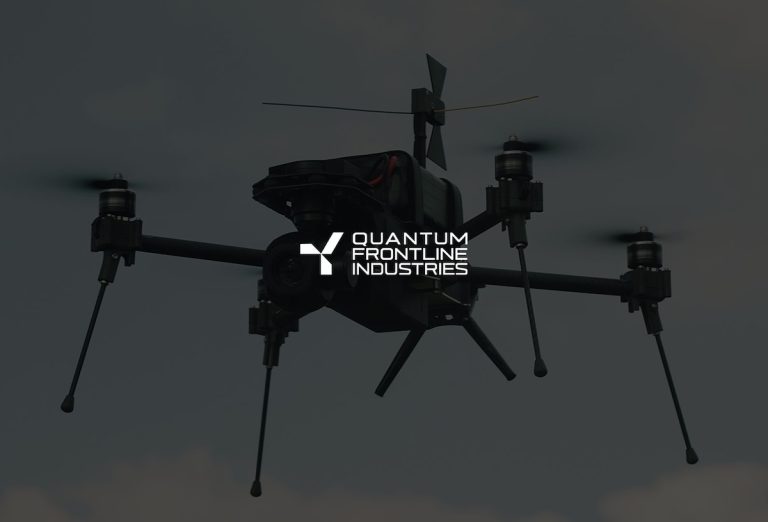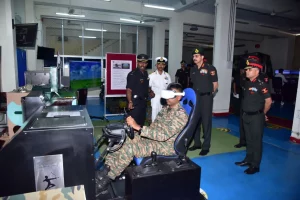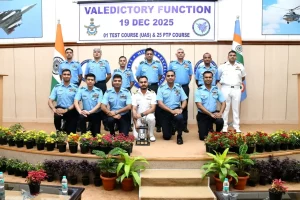NATO is stepping up its efforts to enhance operational readiness amid increasing threats to Global Navigation Satellite Systems (GNSS) with the testing of a new prototype sensor, known as GANDALF-4. This initiative, spearheaded by NATO’s Communications and Information Agency (NCIA), aims to bolster situational awareness and counteract deliberate disruptions to GNSS signals.
The GANDALF system has been specifically designed to detect, classify, and pinpoint GNSS jamming and spoofing—threats that are becoming increasingly sophisticated and prevalent. As NATO notes, these disruptions pose significant risks to the alliance’s overall operational capabilities and resilience.
The latest test phase of GANDALF-4 centered on the functionality of its antenna array. Conducted within an anechoic chamber at a specialized facility operated by the NATO Support and Procurement Agency (NSPA), the testing environment was meticulously crafted to block external electromagnetic interference. This setup ensures that the evaluation of the antenna’s performance could be executed with high precision and without outside disruptions.
Collaboration was key to this testing phase, with the NCIA’s Electromagnetic Warfare and Surveillance team working alongside experts from NSPA’s Ground-Based Defence unit. NATO highlighted the importance of inter-agency cooperation and technical expertise as fundamental to accelerating the development of advanced technologies.
This effort to enhance military capabilities in electromagnetic warfare territories comes on the heels of NATO’s participation in an Austrian Navigation Warfare trial earlier in 2023. Organized by the Austrian Ministry of Defence, this trial allowed NATO experts to deploy jammers and assess the impact of intentional interference on terrestrial GNSS receivers and sensors. Notably, it included the inaugural field test of the previous generation, GANDALF-3.
As NATO continues to innovate and adapt, the development and testing of systems like GANDALF-4 reflect a proactive stance against the evolving landscape of technological threats.



















